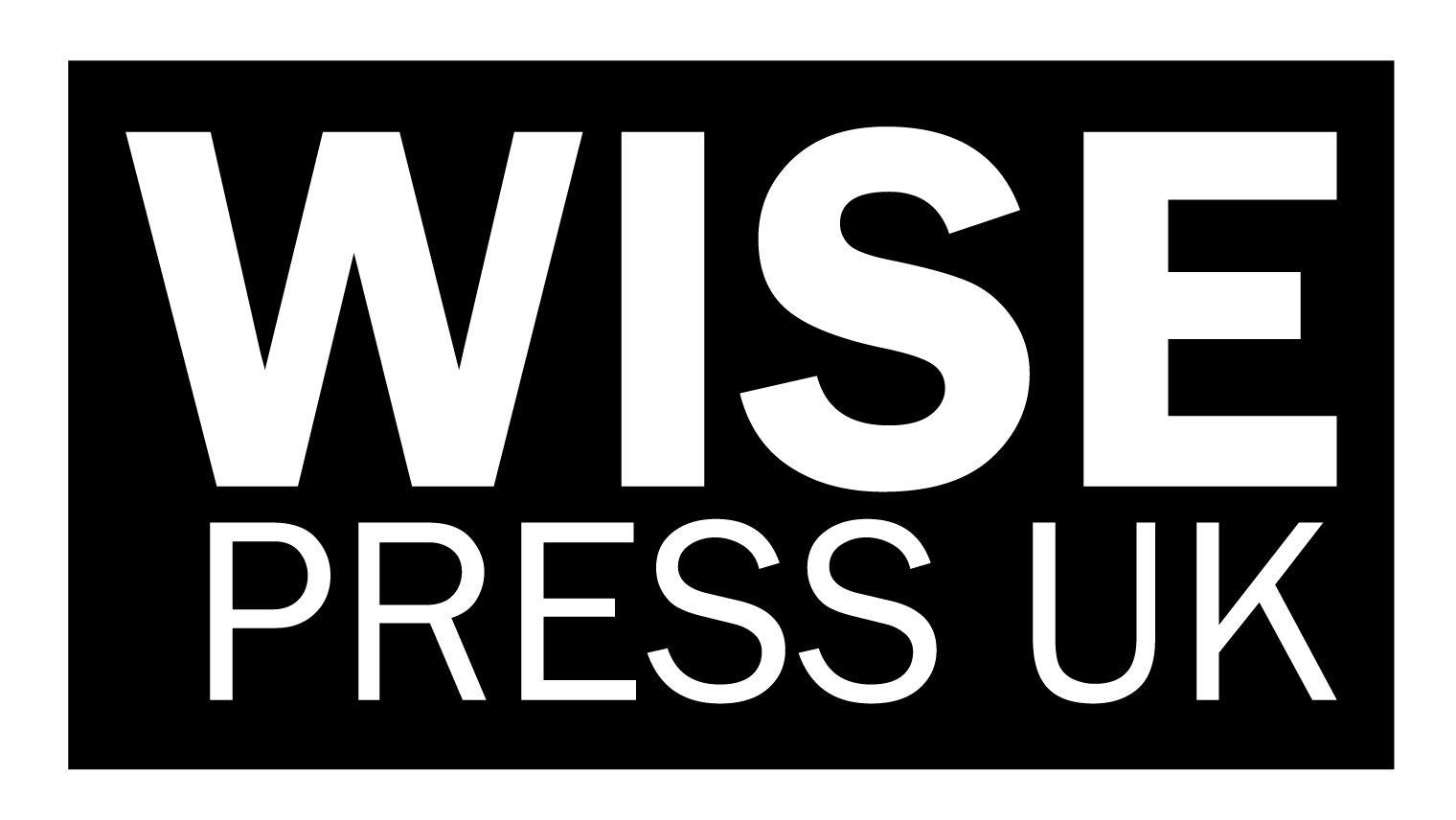Scam Awareness Gaps: A Survey on Malaysian Youth’s Digital Habits and Knowledge
DOI:
https://doi.org/10.61707/28kb8w07Keywords:
Scams, Knowledge, Awareness, Data Literacy and Security, Communication and Problem-solvingAbstract
This study examines the demographic profile, digital behavior, and scam awareness of participants, in order to provide valuable insights into their vulnerability to online scams. A survey was conducted by distributing questionnaires to 520 youths in which 482 of them responded. The survey was designed based on guidelines from various authorities addressing scam issues. The results indicate that most respondents have not attended scam awareness events, highlighting a gap in educational outreach. Social media use is prevalent, with significant engagement on platforms like TikTok and Telegram. Notably, 51% of respondents have encountered scammers through digital communications, underscoring the widespread nature of the issue. The findings on information and data literacy reveal that most respondents exercise prudent caution by verifying the authenticity of information before updating personal data. Data security practices are generally positive, with most respondents using different IDs and passwords for applications, although 28% still use the same PIN for multiple cards. Parental communication about scams is inconsistent, with 46.3% of respondents reported that they were never informed by their parents. In terms of problem-solving, 95.9% ignore phishing SMS messages, and 60.8% had made reports of scam incidents, though the rest by 39.2% feel too embarrassed to do so. These results highlight the need for targeted educational initiatives to enhance scam awareness and digital literacy, especially in urban areas and among individuals with high social media engagement. Ongoing efforts to promote security-conscious behaviors and improve parental communication about online safety are essential for empowering individuals against scams.
Downloads
Published
Issue
Section
License

This work is licensed under a Creative Commons Attribution-NonCommercial-NoDerivatives 4.0 International License.
CC Attribution-NonCommercial-NoDerivatives 4.0



